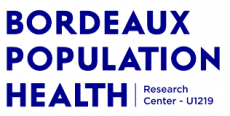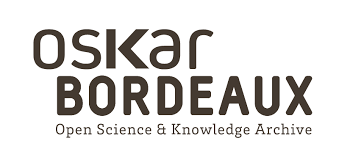Identification of 2,4-Di-tert-Butylphenol as an Antimicrobial Agent Against Cutibacterium acnes Bacteria from Rwandan Propolis
Résumé
Background/Objectives: Acne is the most prevalent dermatological condition among humans, affecting approximately 80% of adolescents during puberty. To date, numerous compounds have been used for acne treatment, including erythromycin ointments and antiseptics, with varying degrees of success. The emergence of erythromycin-resistant C. acnes strains has spurred the search for new antimicrobial agents, particularly from natural sources. Methods: Propolis collected in Rwanda was extracted and fractionated by flash chromatography and tested against C. acnes growth by using NCLSI recommendations. Results: In our research, we identified a molecule, 2,4-Di-tert-butylphenol (2,4-DTBP) which inhivbited the C. acnes growth at a concentration of 16 µg/mL. Based on these results, we formulated an ointment (1%) using OFAP18 and petroleum jelly for the potential treatment of acne using a mouse model. Conclusions: In vitro and in vivo evidence suggests that 2,4-DTBP has anti-inflammatory properties and could effectively manage the overgrowth of C. acnes as well as serve as a potent alternative for the formulation of an active propolis ointment for acne treatment.
| Origine | Fichiers éditeurs autorisés sur une archive ouverte |
|---|---|
| licence |



